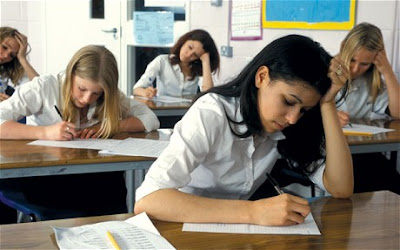One of the major challenges today is how to extend the right kind of education. The education system as we recognize it is very theoretical and does small to inspire students. The importance today is on exams and not on aptitude, innovative thinking or even problem solving. Students are mugging up theorems in mathematical geometry and securing full marks without perceptive them. Teaching methods are ancient. Rarely do teachers experience professional training in new methods of instruction.
India has many experiments in education to showcase, like schools that are free to teach in inventive ways and give space for children to think separately. India’s education system must react to this challenge. We cannot maintain to have educational institutions that churn out students like factories that do not endorse real learning process that involves analytical thinking, testing and independent thinking.











